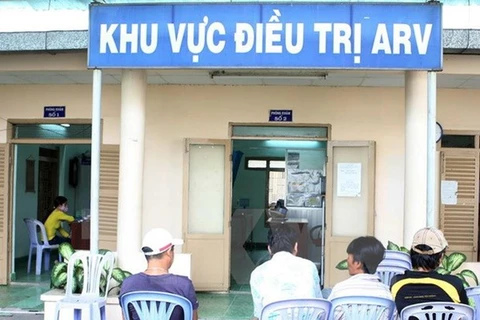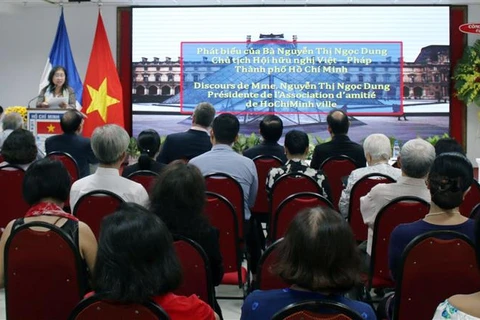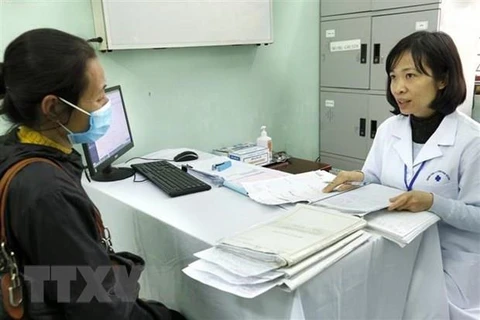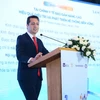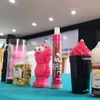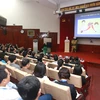Hanoi (VNA) – Due to the reduction in international funding for HIV/AIDS prevention and control, the private sector is expected to get more involved in providing treatment opportunities for people living with the virus, contributing to putting an end to the epidemic by 2030.
According to head of the Department of HIV/AIDS Prevention and Control Nguyen Hoang Long, the drop in financial assistance is a considerable challenge to HIV prevention and control.
To deal with the situation, the Ministry of Health, the US Agency for International Development (USAID) and PATH organisation have launched a programme to promote the engagement of the private sector in the work, he said.
Over the years, the private sector has been involved in HIV prevention and control activities, helping increase access to treatment services.
Since 2015, more than 140,000 people have been tested for HIV through support of community-based and social enterprises, while various HIV/AIDS prevention and control programmes have been implemented with the support of the sector.
So far, domestic firms have successfully met 100 percent of demand for Methadone as well as equipment and materials to prevent the infection, which has been delivered free to the community.
Since 2016, eight private clinics have been set up to provide services for HIV-infected people.
K. Grin, Director of Healthy Markets Project and PATH Global Director for HIV/AIDS prevention, said that the Healthy Markets Project, funded by the USAID and implemented by PATH, has been carried out with the cooperation of the Department of the Department of HIV/AIDS Prevention and Control since 2014, aiming to develop the commercial market for HIV/AIDS prevention and control services and goods.
Over the past five years, about 80 percent of funds for HIV/AIDS prevention and control came from foreign donors connected by PATH, she said, stressing the need for more domestic financial resources from the private sector.
PATH has connected commercial, social enterprises with community organisations to make up shortages of financial resources for HIV/AIDS programmes, she said.
Currently, 140,000 people with HIV/AIDS are receiving treatment at public health care establishments, along with about 10,000 others using private facilities, including those accepting health insurance./.
VNA

